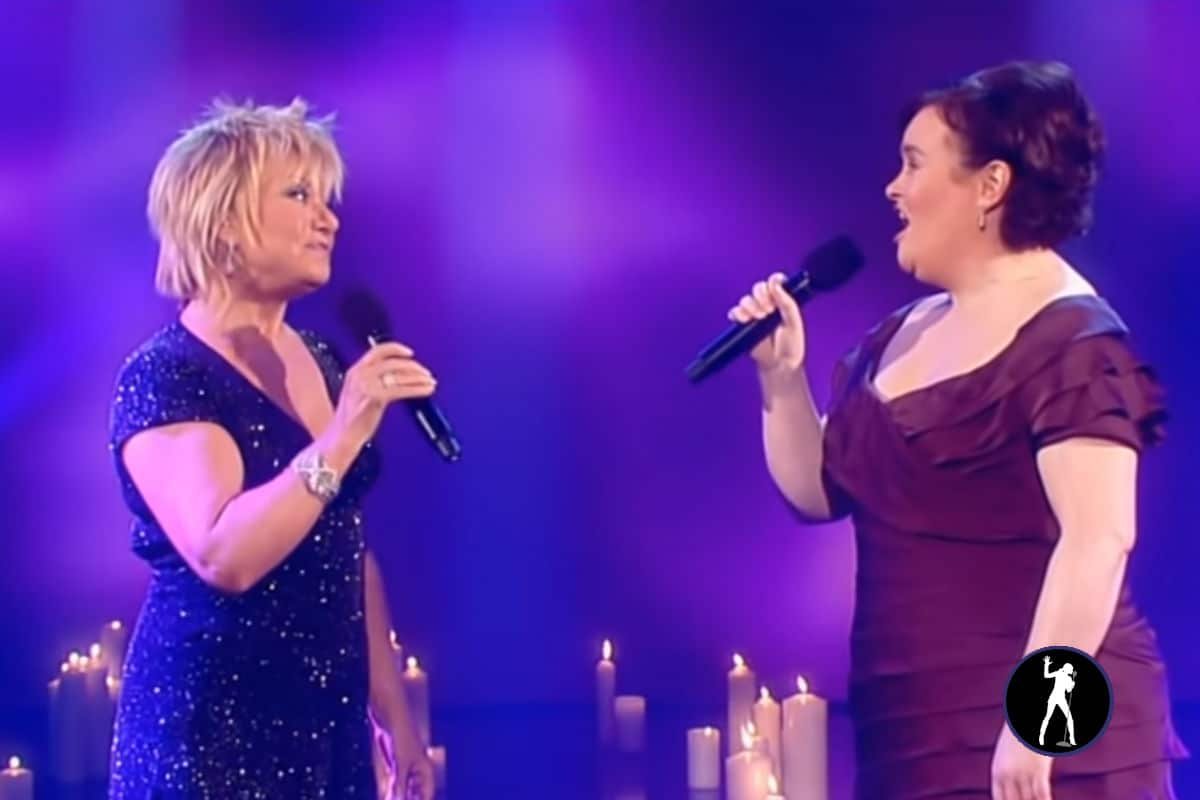Musician Spotlight: Ludwig van Beethoven
Following closely behind the likes of Mozart, Ludwig van Beethoven is another name that many will instantly recognize. A German composer and pianist, he’s one of the most admired composers when it comes to the history of Western music. When it comes to his classical music, it ranks as some of the most performed pieces across the world.
Who was Ludwig van Beethoven?
Born in Bonn, on 17th December in 1770, he was another composer whose talent for music was known from an early age. He was taught intensively by his father and some would say that his father would be quite harsh towards him. As such, he seemed to have a bit of a dysfunctional home life and found solace with the family of Helene von Breuning. He was later taught by composer and conductor Christian Gottlob Neefe before moving to Vienna at the age of 21.
What genre did Beethoven cover?
Beethoven’s work covered the classical period but also spilled into the romantic era when it came to classical music. When it comes to his body of work, this can be split into three sections. His early period, in which he developed his craft, would last until 1802. His middle period between 1802 and 1812 saw his own development of classical styles from Haydn and Mozart. His late period was from 1812, until 1827.
He certainly made an impressionable and personal stamp when it came to classical music.
Major accomplishments
The first major accomplishment came with the First Symphony which appeared in 1800. Unfortunately, Beethoven’s hearing began to deteriorate but he still continued to conduct regardless. He premiered his Third and Fifth Symphonies in 1804 and then in 1808.
Due to his hearing, he would eventually have to give up performing and conducting altogether and as such, became less socially involved. A lot of his music became a form of expression, seeing as he eventually lost his hearing completely.
The most famous of his pieces were Symphony No 5, Ode To Joy, Moonlight, and Fur Elise. All very much instantly recognizable from the first few notes played. His Ninth Symphony is one of the first examples of a choral symphony and finally, his late string quartets created in 1825 and 1826 were the last of his achievements.
Take a listen to one of his most famous pieces, “Moonlight Sonata”:
What instruments did Beethoven use?
It was very common in the times where Beethoven was alive to learn both the violin and piano. He also played the viola (similar to the cello but with smaller strings), which not many people would know about.
Much like composers such as Mozart, Beethoven was not only a talented composer but also a musician and a conductor. It’s incredible the work that he created, despite his deafness hindering him for many years. After months of being bedridden with illnesses, he finally succumbed to death in 1827. A young age still in modern-day times to die but a good life lived to provide us with plenty of pieces that will live on and on.
If you are new to this genre, you might consider taking a course in classical music to increase your appreciation.
news via inbox
Sign up for the latest music news and entertainment!







